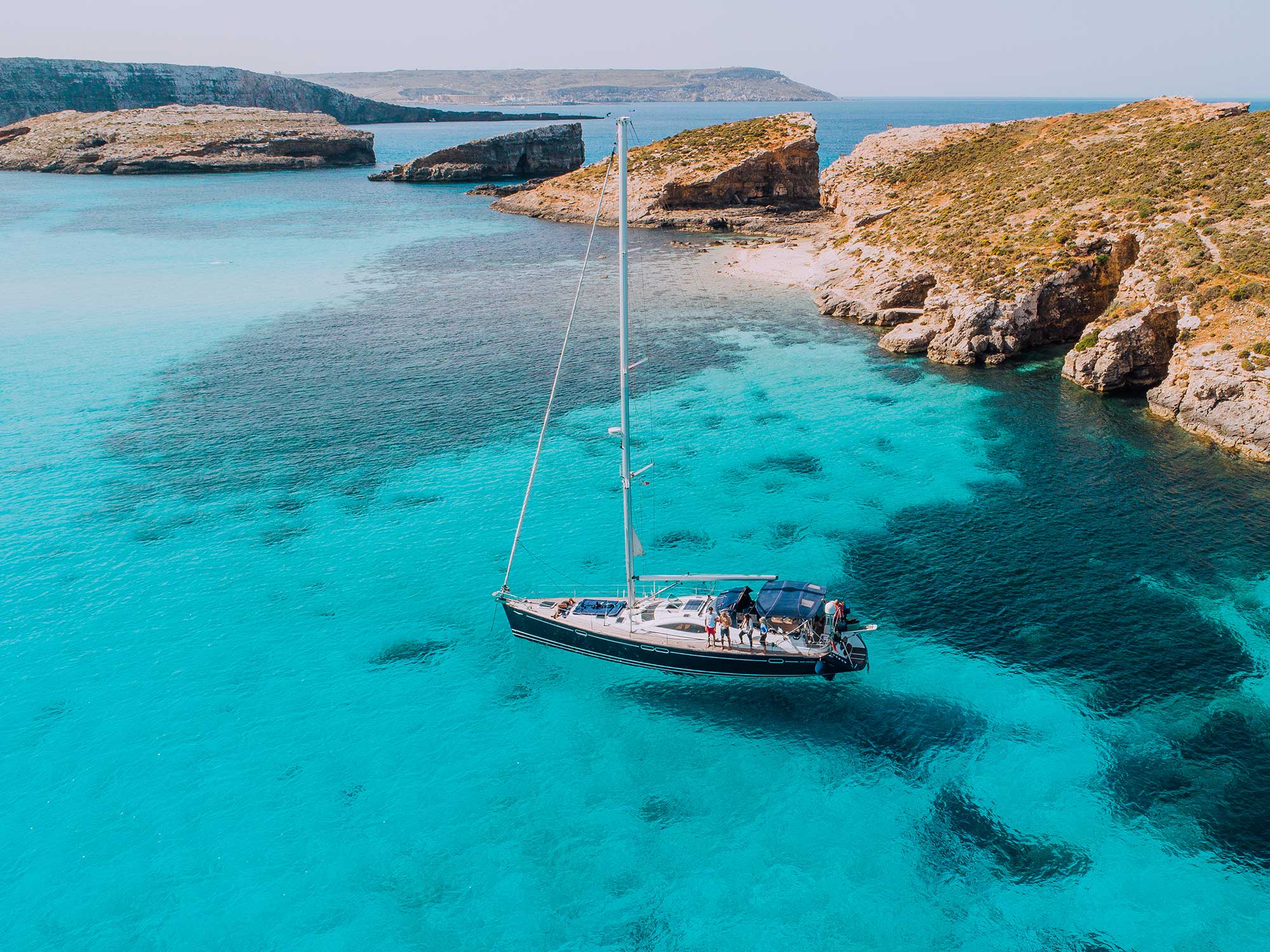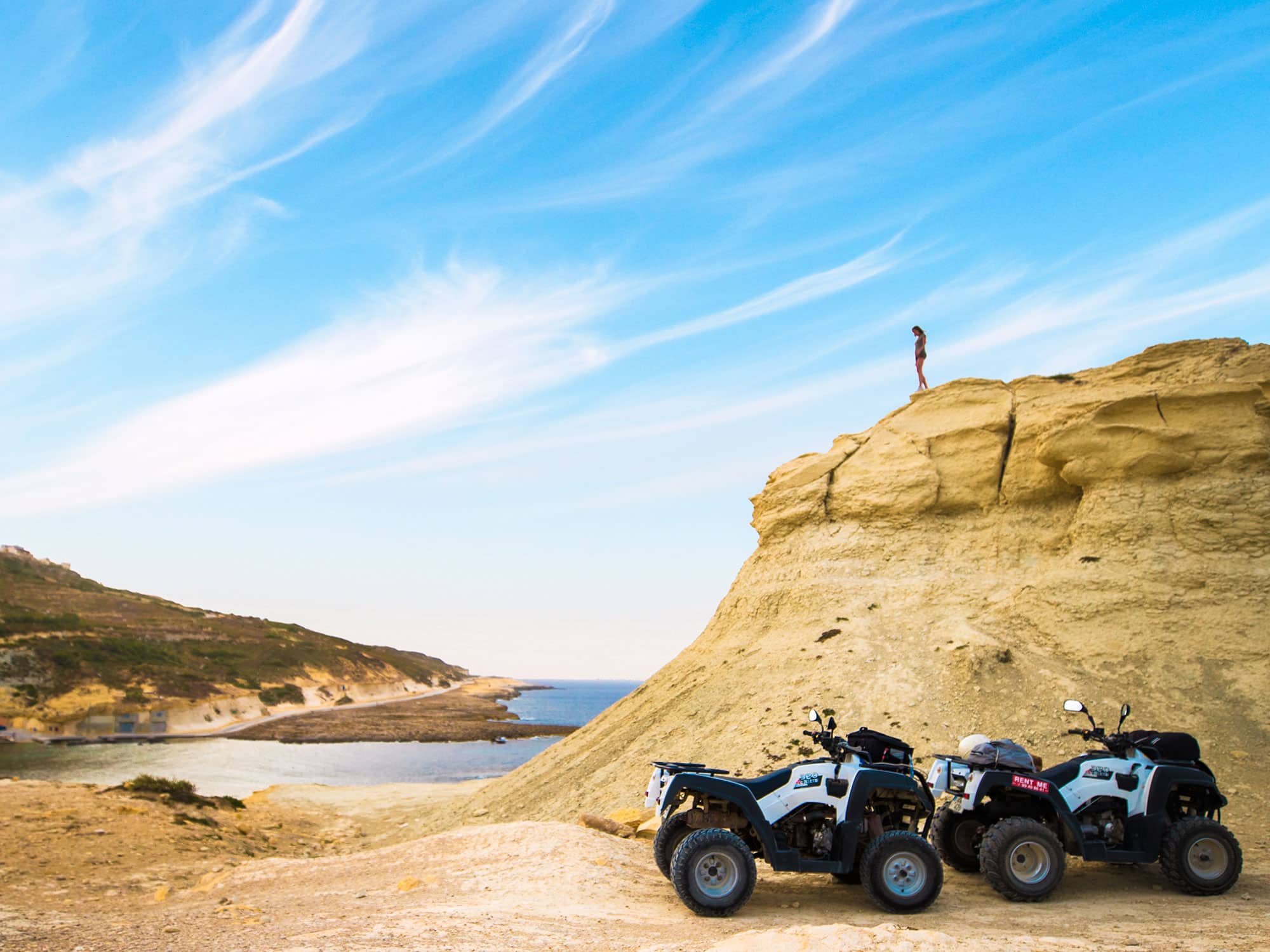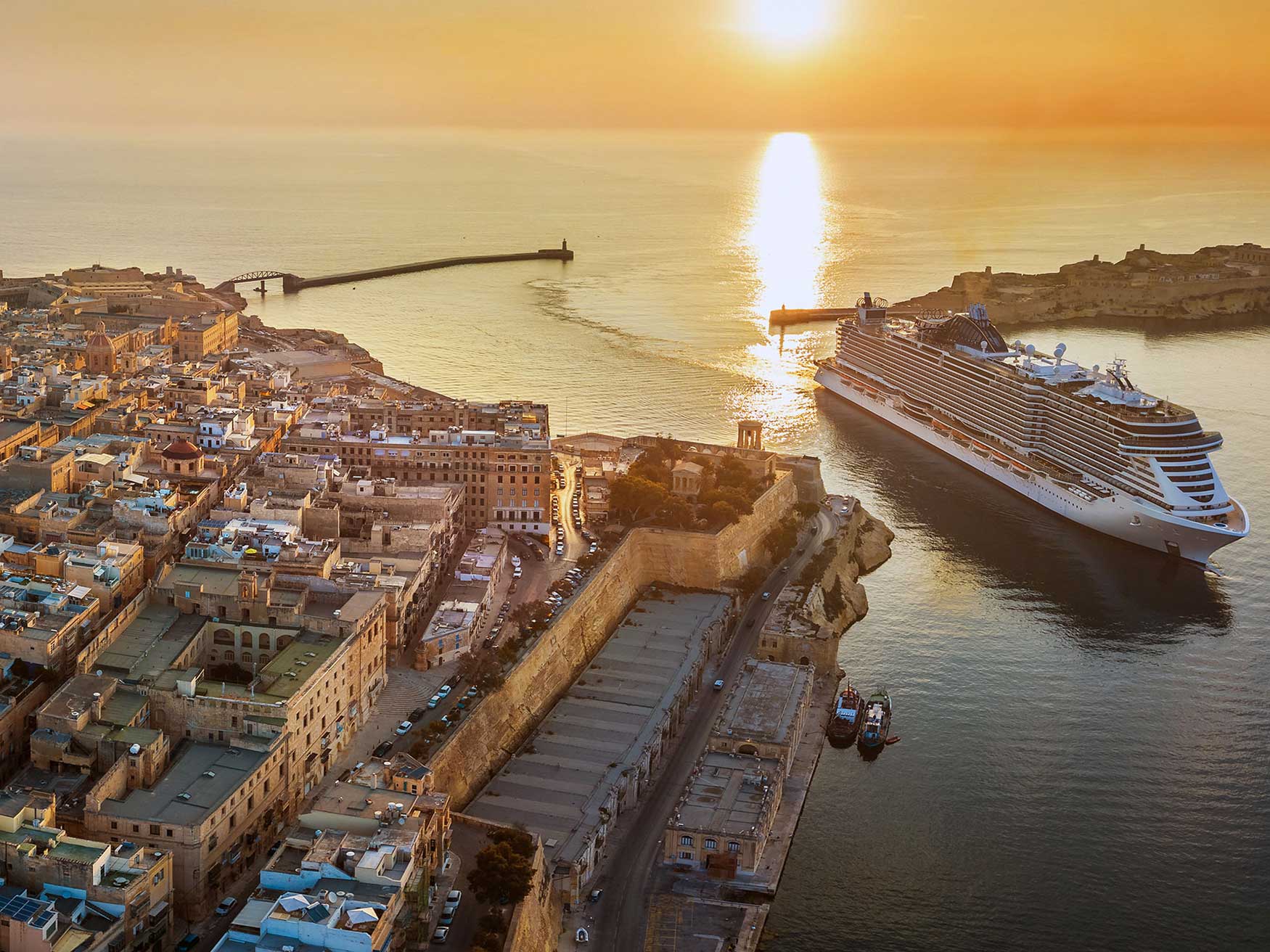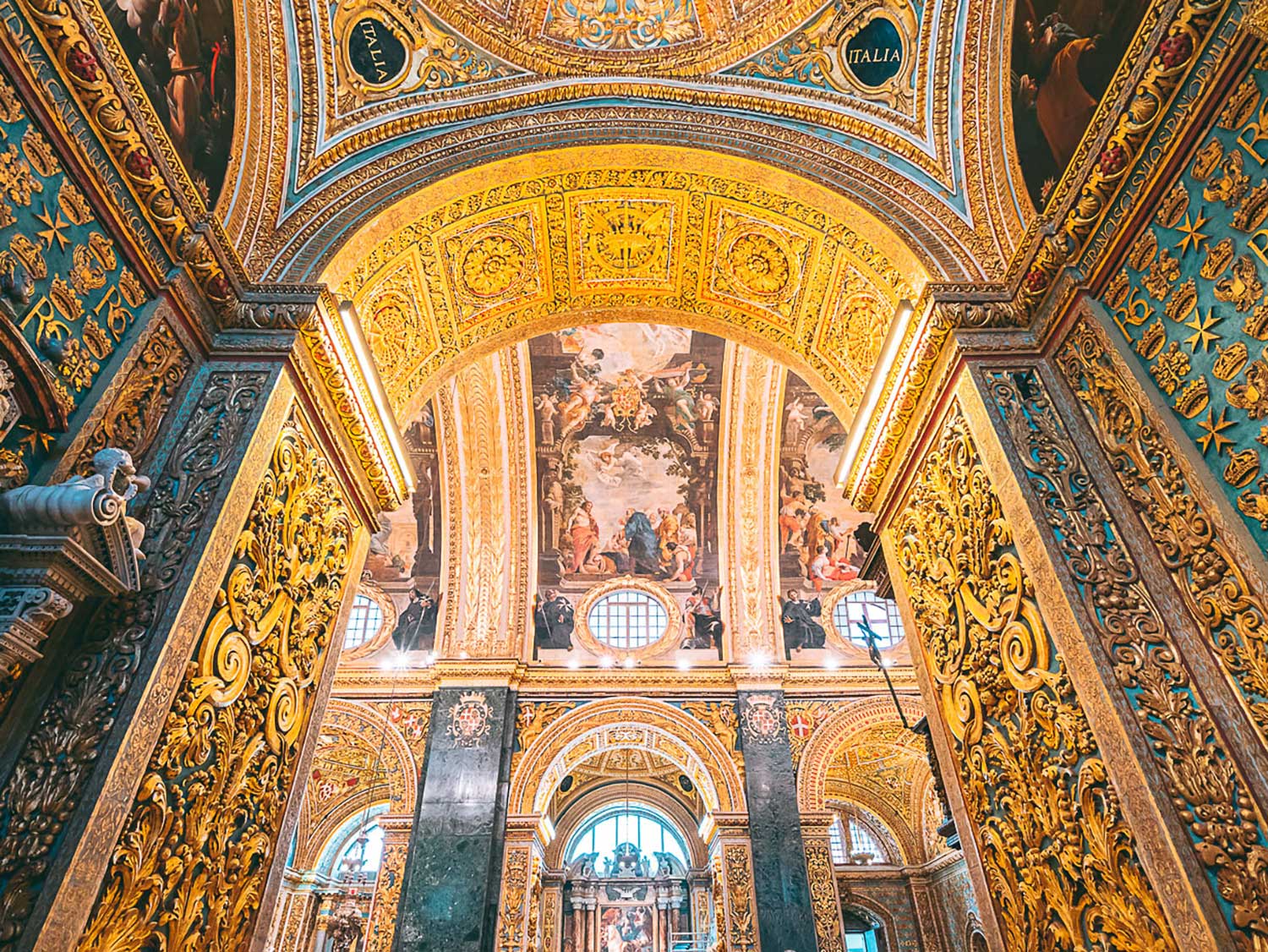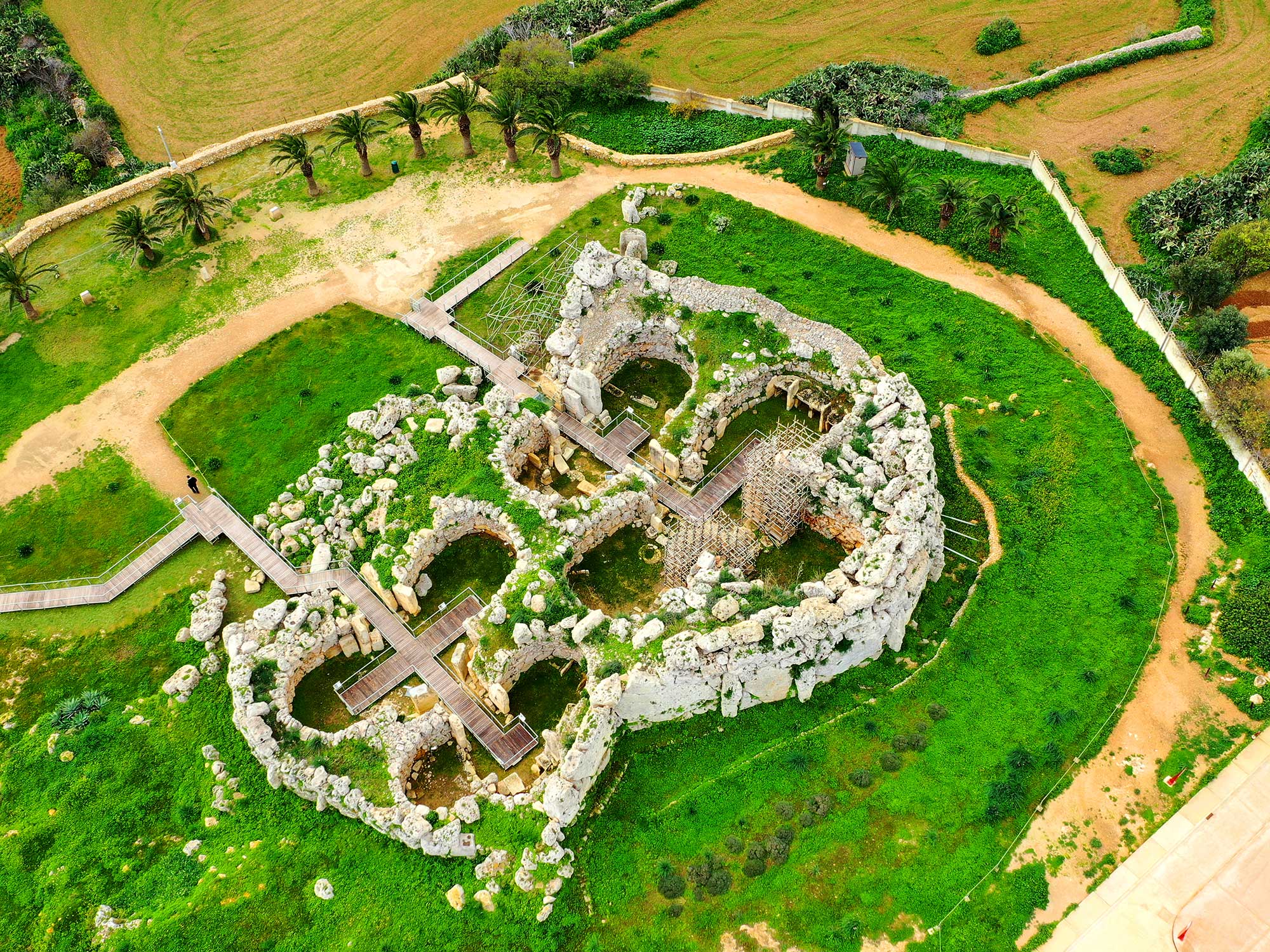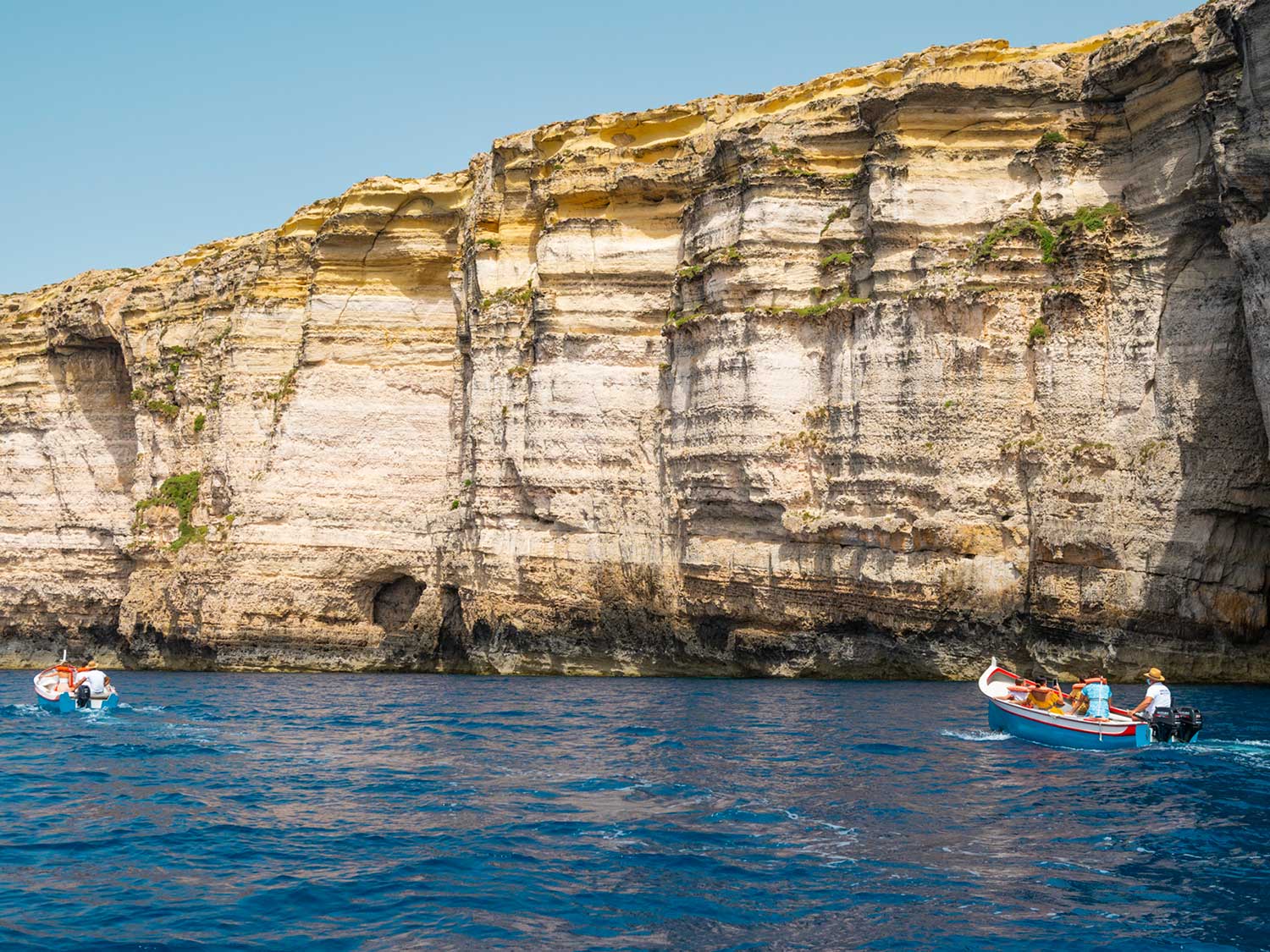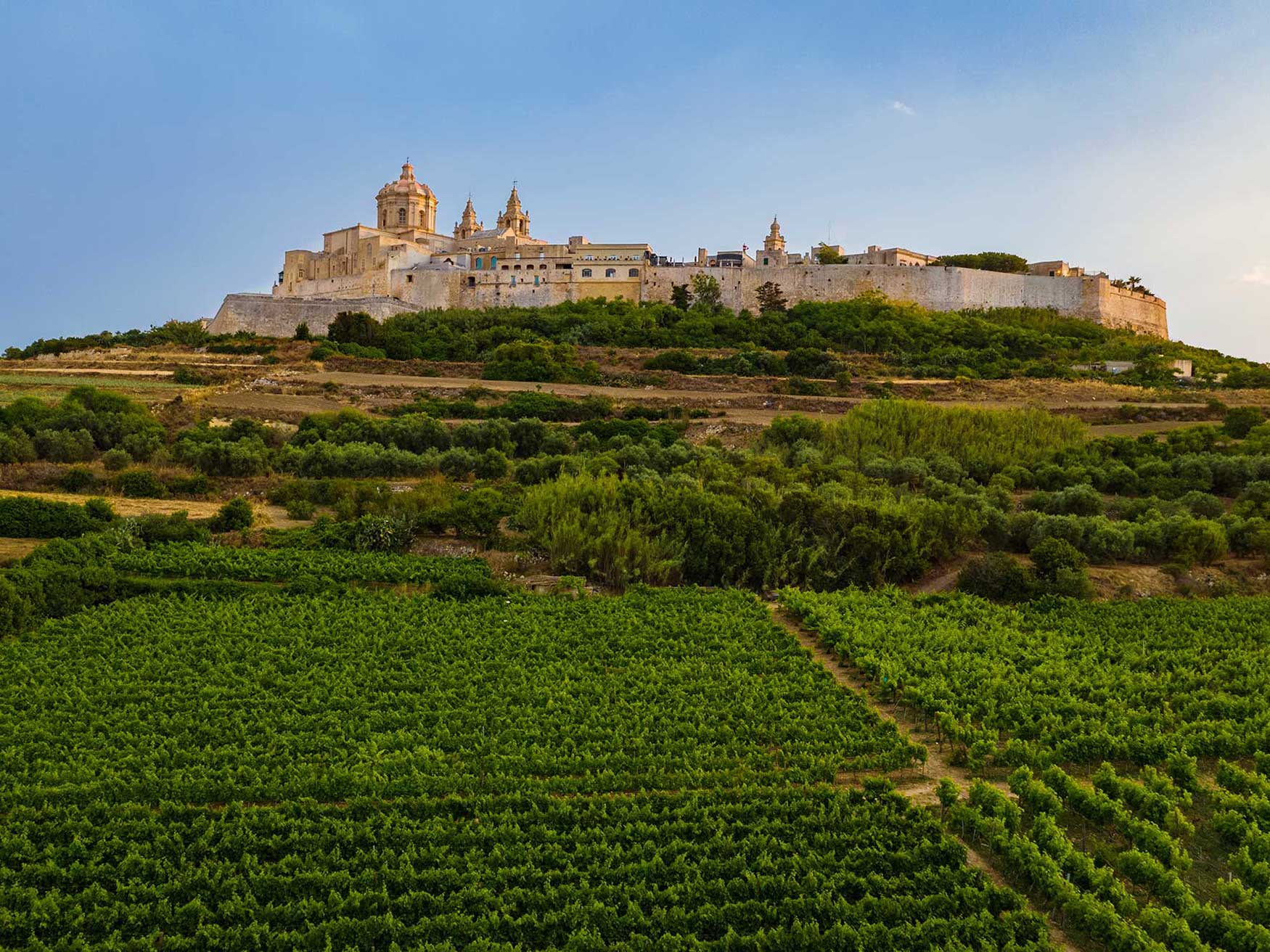10 Great Reasons To Island Hop In Malta
This Mediterranean paradise is packed with adventure, history, and incredible food. But the key is knowing where and when to go.
Looking to check a few more islands off your list? How about Malta, Gozo, and Comino? Malta is the best known of the three, while its sister islands are definitely under-the-radar—but they shouldn't be. Because the Mediterranean can be enjoyed year-round, this trio of intriguing isles, part of the Maltese archipelago, has much to offer, whether you visit in November, April, or August or are interested in history, architecture, sailing, or food and wine.
They can easily be enjoyed over four or five days, with the main island of Malta as your base and easy day trips by boat to neighboring Gozo and Comino, but the capital Valletta is also a popular cruise port if you primarily want to experience the 121-square-mile main island's cities and harbors.
Here are 10 great reasons to island hop in Malta.
The arid, honey-hued landscape
The name Malta is actually derived from the Greek word "melite" (honey) because as far as the eye can see this archipelago's land mass is a warm honey-beige color—at least for nine months of the year. The islands—there are seven, but only Malta, Gozo, and Comino are inhabited—get more than 300 days of sunshine each year and daytime temperatures range from the low-to-mid 90s in July, August, and September to the low 60s in the Mediterranean's quiet winter season. Rain during the winter months imbues the landscape with a vibrant green hue just in time for a spring visit.
But by July, the entire island is golden, interspersed with ubiquitous prickly pear cacti, large twisted and sculptural bushes with fruit that ripens to hues of tangerine, orange, and red. The Maltese put some of this natural bounty to use by enjoying the ripened fruit raw and making it into a potent liqueur known as bajtra. The dry, rocky landscape is also ideal for quad biking and rentals or tours are a popular way to explore both Malta and Gozo—just pack a hat and plenty of sunscreen.
The incredibly blue water
It's not an exaggeration to say that the aquamarine and azure-hued bays in this region of the Mediterranean will have you at hello. There are swimming spots galore, from golden sand beaches on the north shore of Malta, such as Paradise Bay and Little Armier, to the secluded blue-green depths of Peter's Pool near Marsaxlokk Bay.
But the reason many people visit Malta is a vibrant saltwater paradise known as the Blue Lagoon. Located in the channel between Comino (population: 2) and uninhabited Cominotto, this vivid yet soothing oasis is the perfect spot to enjoy a leisurely swim as you snap photos that will make your water-loving Instagram followers envious. Half-day and day tours are available from both Malta and Gozo and a dip here is especially refreshing in the heat of Maltese summer.
The views of Valletta Harbour
When visiting by cruise ship—Celebrity, Princess, Oceania, Azamara, Norwegian, Viking, and others offer itineraries that call on Valletta in 2022—prepare to be seduced as you arrive and depart. And while in port you'll be surrounded by the unique architectural beauty of one of world's largest natural harbors.
Valletta is built around it, with its historic heart just steps away and sweeping views of the water and golden limestone buildings of the old fortified city of Birgu and Fort Ricasoli available from the ramparts of the Barrakka Gardens. If enjoying a land visit, land and water continually converge as you explore the historic district.
Game of Thrones (and more) filming locations
Whether you're a fan of the machinations in Game of Thrones or the fantastical muscles of Popeye (the ones sported by Robin Williams in the 1980 feature film), much of the action happened right here in Malta. The former was filmed in Mdina, Rabat, Fort Riscoli, and on the island of Gozo, while the latter shot scenes in seaside Sweethaven Village constructed just for the movie.
Also shot here: 2004′s Troy, starring Brad Pitt, and 2000′s Gladiator, starring Russell Crowe.
The elaborate churches and cathedrals
Malta is a devoutly Catholic island nation and everywhere you turn, there's a church dome or steeple in view—one for almost every day of the year. Malta was ruled by the Knights of Malta (also known as the Order of St. John and the Knights Hospitalier) from 1530 to 1798 and the Catholic military order had a lasting influence on the island's religious history.
A must-see in Valletta is the impressively gilded Baroque-style Co-Cathedral of St. John, built between 1572 and 1577 and home to works by Caravaggio. Another church on Malta that's worth a peek is the Sanctuary Basilica of the Assumption of Our Lady, commonly known as the Rotunda of Mosta. It's a striking structure with a massive dome and columned portico where on April 9, 1942, a German bomb fell during mass and landed inside—but didn't explode. And on Gozo, the Ta' Pinu Basilica in Gharb is an architectural beauty built in the early 20th century as a national shrine dedicated to the Blessed Virgin.
The fresh local bread, cheese, honey, and olive oil
Enjoying a Mediterranean diet when in the Med is the way to go, and on Malta the arid climate means locally grown delicacies include tomatoes and olives, which complement locally harvested honey and fresh jams, locally made cheese, and crusty Maltese sourdough bread (the traditional version is known as ftira) and an abundance of fresh seafood.
Menus around the islands also include traditional pastizzi, a flaky filo-style pastry filled with either sweet ricotta or mashed peas.
The Megalithic Temples
Malta is home to something quite rare: seven unique megalithic temples (Ġgantija, Ħaġar Qim, Mnajdra, Skorba, Ta' Ħaġrat, and Tarxien) some of which date back 5,600 years and are among the oldest free-standing structures on Earth (yes, older than the Great Pyramids and Stonehenge). Together, they are a UNESCO World Heritage Site and most are located on Malta and can be visited individually by car or bus or on half-day prehistoric Malta tours.
On Gozo, the temple at Ggantija (the oldest with some giant stones weighing more than 50 tons) has a small museum containing excellent examples of pottery, statues, and jewelry and can be enjoyed during a day tour from Malta or overnight stay on Gozo.
The towering limestone cliffs
The geology of Malta, Gozo, and Comino offers plenty of nature-made drama, too. All three islands are known for their millions-of-years-old limestone cliffs, especially the photogenic cliffs at Xlendi Bay on Malta and those located along the southern side of Gozo. The latter tower almost 400 feet above the sea and are best enjoyed on a morning or afternoon sailing trip (most of these excursions also stop for swim time at the Blue Lagoon).
For a bit more adventure, visitors can also experience the cliffs on a hiking, rock-climbing, or abseiling excursion on Malta, Gozo, or Comino.
The ancient capital of Mdina
If the bustle of Valletta gets to be too much, escape for a few hours to the island's original capital, the walled hilltop city of Mdina, located about 20 minutes away. Here, you'll wander narrow medieval lanes and enjoy 18th-century Baroque architecture (you'll enter through the splendid circa-1724 Vilhena Gate) in this now sparsely populated ancient city. Brightly painted blue, red, and green doors pop against champagne-hued limestone walls and the ornate St. Paul's Cathedral is the city's heart.
The unique cultural mix
Given its strategic location, Malta has for thousands of years been coveted by conquering invaders and colonists, first the Greeks and Phoenicians, then the Romans and the Knights of St. John, and later Napoleon and the British Empire. Both English and Maltese (which developed from a dialect of Arabic and is the only form of Arabic to be written in the Latin alphabet) are official languages and this island nation that declared its independence from Great Britain in 1964 is truly a one-of-a-kind mix of European, Arabic, and British influences—with something to capture every visitor's imagination.
Where to Stay: Malta offers a wide range of accommodations. For an upscale stay in Valletta, consider the five-star boutique property Rosselli—AX Privilege or the landmark The Phoenicia Malta. Travelers will also find familiar brands offering waterfront options in the popular St. Julians resort area: the Malta Marriott Hotel & Spa, the Westin Dragonara Resort, and the Hyatt Regency Malta.
